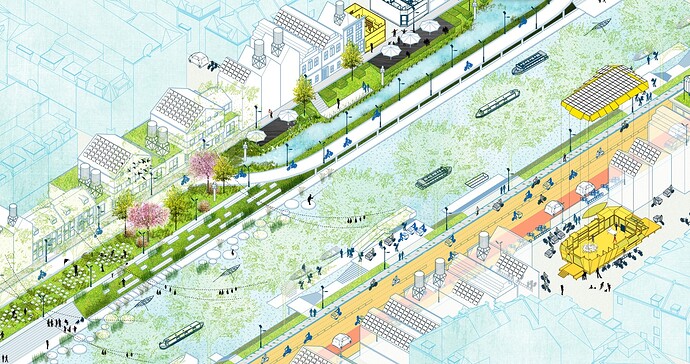By some estimates, cities consume over two-thirds of the world’s energy, and account for more than 70% of global CO2 emissions: a figure sure to increase as the global migration from rural to urban areas continues. In the pursuit of exploring new models for how healthy cities could more effectively sustain these demands, Dutch design and research studio FABRICations has investigated how cities of the Netherlands can reduce carbon emissions through new design-led approaches.
To reduce the impact of our cities on the planet, FABRICations advocate for a rethink of urban systems, and a core examination of what a city is. Their “Urban Metabolism” ethos envisions cities as a layered system of overlapping infrastructures, relying on circular processes where the residual products of one system become a resource for a different system.
As a result, the firm has developed a six-strategy approach to the future of healthy cities, manifested through various design research projects and collaborations. From the reuse of residual heat and energy to transforming cities into modern sponges, the strategies are united in a common cause of promoting circularity through urbanism.
Discover the strategies in this article:

